It’s a common misconception that it doesn’t take much to snap a photo of a landscape; all you have to do is find a pretty view and press the shutter button. But this couldn’t be further from the truth! Landscape photography requires finesse, timing, and great composition. The best landscape shots are often planned ahead (even weeks or months ahead). Getting the perfect photo can be hard, but extremely rewarding in the end. Whether you’re a beginner or an intermediate photographer who wants to step up their landscape photography game, here are ten tips to help you on your quest.
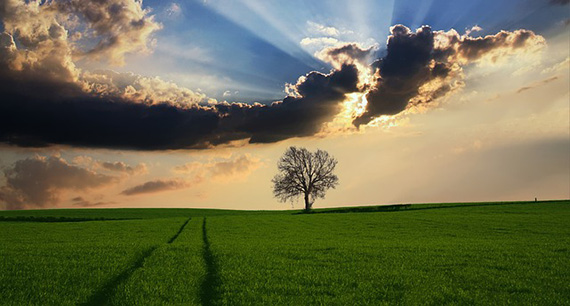
1. Plan Ahead
If you want to snap the best landscape photography of a place, make sure you do your research before getting there. You should know the ins and outs of the place, including essential factors like the sun position, tides, and weather conditions. Google Map’s satellite view will come to your aid and there is also a plethora of online pictures for most locations on Earth. Only by knowing all the small details will you be prepared and ready to take gorgeous photos.
2. Bring a Tripod with You
While you may fully trust your surgeon-steady hands, landscape photography calls for a sturdy and reliable tripod. When taking photos out on the field, you will have to use a small aperture and, as a consequence, you will have to use a longer shutter speed. You want to make sure your camera is still during the exposure, which is why investing in a tripod and even a remote is ideal.
3. Don’t Forget the Focal Point
Landscape photography is no stranger to focal points. Without one, your photos would look dull, empty and not at all enticing. In this type of photography, the focus can fall on an isolated tree, a silhouette, a building, or even a boulder. It’s important to take into consideration not only what your photo’s focal point is, but also where you place it.
4. Don’t Neglect the Sky
A well-balanced landscape photo will include either a prominent foreground or sky. If you omit both of these, you risk creating a boring composition. It’s always a good idea to include the sky in your picture if it has pretty colors and unique cloud formations. However, feel free to cut out boring skies that would dominate the entire frame.
5. Seize Movement
Contrary to popular belief, landscape photography doesn’t mean a passive, serene environment. Landscapes are seldom very still and you can take advantage of movement in nature to convey it in your photo and create a unique atmosphere. You can capture the waves on a beach or the wind in the trees, but remember to select a longer shutter speed and a small aperture.
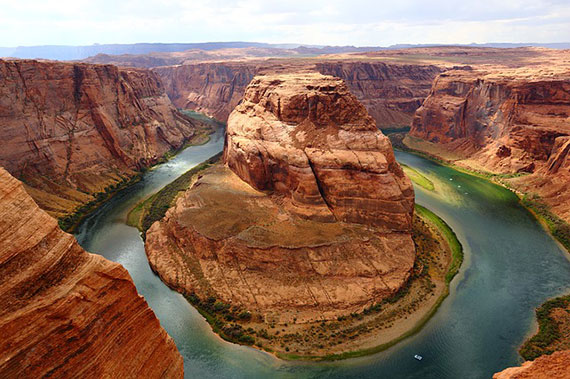
6. Take Advantage of the Golden Hours
The golden hours are the times around sunset and sunrise. They have earned their name due to the beautiful light that floats in the air. The golden hours are the perfect time of day to capture landscapes since the angle of the light can create beautiful and intricate patterns and textures. The soft, diffused light also shows up in photos beautifully. To learn more about golden hours and how to take the best possible pictures, take a photography workshop and hone your photo skills.
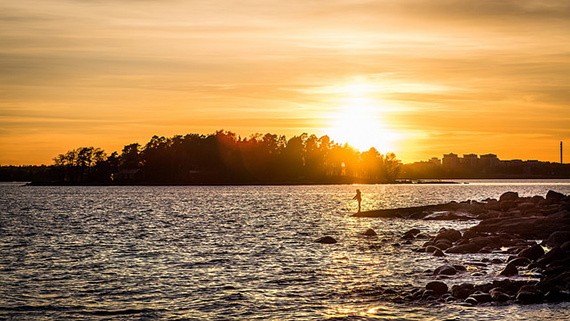
photo by Giuseppe Milo
7. Play Around with the Point of View
Landscape photography is more complex than simply pointing your camera and shooting. The point of views plays a massive role in a photo, and the photographer’s ability to think outside the box is key here. Photographing landscapes doesn’t limit your angles, and you can always look for unconventional ways to frame your photo. You can get down on the ground or find a high vantage point to create a unique atmosphere and point of view in your picture.
8. Work with Lines
When you’re composing the ideal photo in your mind you should ask yourself how you plan to lead the eye of the viewer. This is where lines come into play. Whether it’s a fence, side of a building, or a skinny branch, lines have the ability to create depth in a photo. What’s more, it becomes the point of interest of the image, adding a unique pattern and texture.
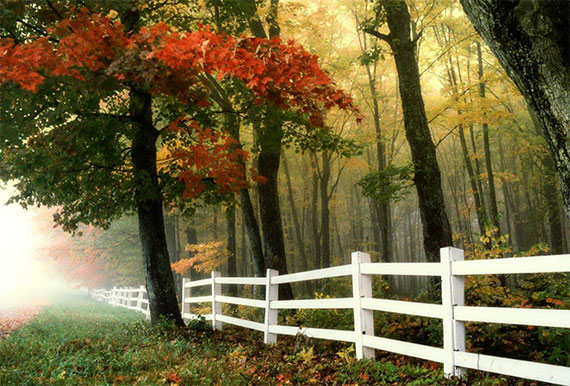
9. Don’t Stick to the Plan
While it’s great to have a plan of what you’d like to shoot when you first head out, sticking to it for the duration of your shoot isn’t advised. Nature is always changing while you’re shooting, and you never know when a surprise rain cloud, strong winds, or even lightning might appear out of nowhere. While the weather is usually the culprit for ending shoots early, it can also provide you with some amazing shots. While weather is the most likely change you’ll face while out on a shoot, you might also encounter newly grown plants, changes in water levels, or even more extreme changes like flooding. All of this can change a scene dramatically and lead to some interesting photography.
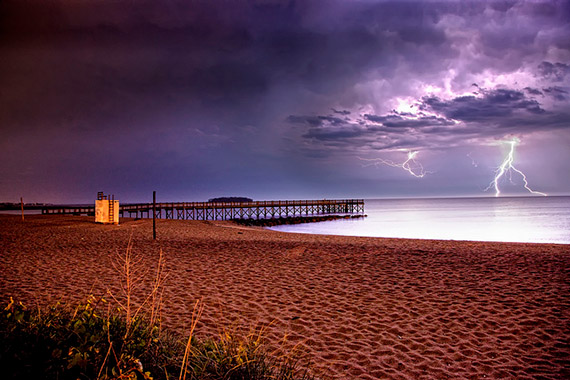
photo by Jerry Angelica
10. Don’t Include Too Much
Sometimes it’s best to remember less is more. This allows you to draw attention to what matters most in your shot, whether that be a mountain, tree, or a person. When you’re surrounded by a stunning landscape, it becomes hard to decide what to exclude and what to include. The first thing you need to decide is what the main focus of your shoot is. Are you looking to include the hills in the distance, the stream by your feet, or the old crooked tree in the field across from you? The focus of your shoot should be whatever drew your eye to this spot. Always include this focal subject in your photograph, adding in one or two other features of the landscape slowly to ensure they fit your shot.
About the Author
Antonio has been an active photographer for more than three decades. An artist, coach, and teacher, he has developed a unique educational philosophy centered on the creative process and the transformational learning experience. He taught photography and digital imaging at The School of Media of LCC (The University of The Arts London) for more than ten years. Antonio has trained and coached people from all over the world to the highly professional standards of National Geographic, and he is currently developing new educational projects on photography and creative development. He is now the owner of London School of Photography, where he runs classes and courses for novice photographers.
Did you appreciate this newsletter? Please help us keep it going by Joining Our Patreon Supporters
What are your thoughts on this article? Join the discussion on our Facebook Page
PictureCorrect subscribers can also learn more today with our #1 bestseller: The Photography Tutorial eBook
The post 📷 10 Tips for Landscape Photography appeared first on PictureCorrect.
from PictureCorrect https://ift.tt/fXEVtkR
via IFTTT






0 kommenttia:
Lähetä kommentti